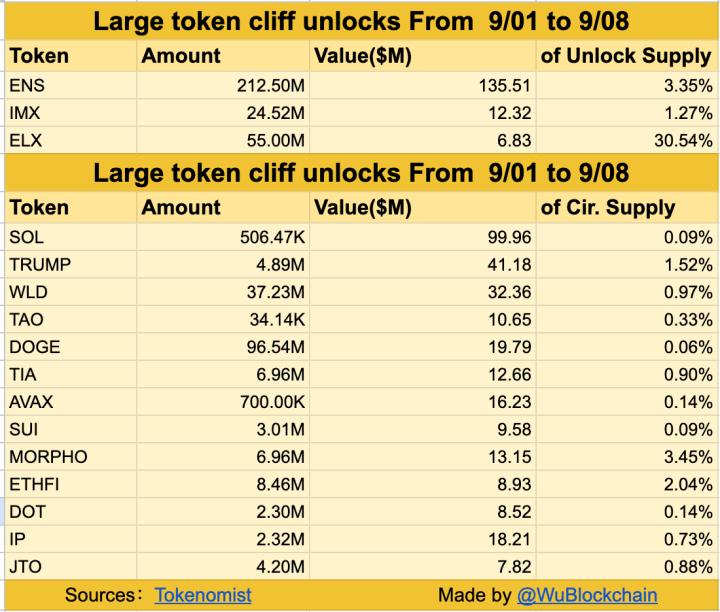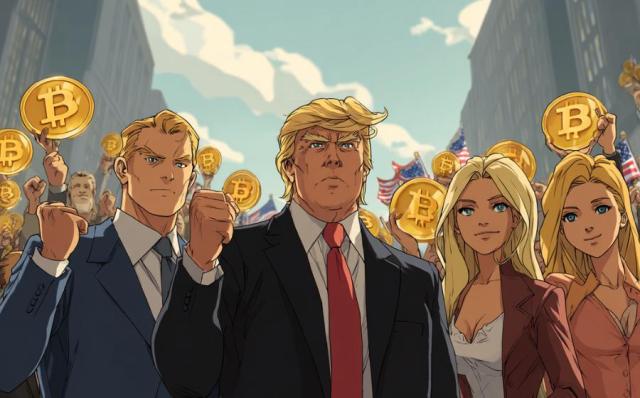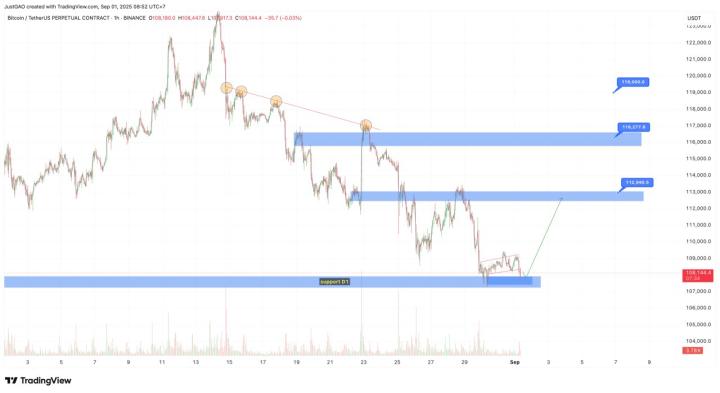Title of the original text: Why you shouldn't buy the dip
Author of the original text: wale.moca (@waleswoosh)
Compiled by: Asher (@Asher_0210)

Major coins are in a downward trend, and the most dazzling winner of this cycle - Memecoin - has also almost completely given back the gains made during the entire bull market.
In this market environment, social media is flooded with voices saying "now is a good time to buy the dips", and many believe this is a rare buying opportunity. However, the general consensus in the market is often unreliable, and may even become a contrarian signal. No one can accurately judge the bottom of the market, but if everyone is touting buying the dips, then perhaps we should take another perspective and re-examine the current market environment.
Therefore, in this article, I want to approach from the opposite perspective and discuss four reasons why you may not want to buy the dips right now.
1. "Low valuation" does not exist
The secondary prices of many Memecoins are now even lower than the levels before the Memecoin super-cycle began. For example, the price of WIF has fallen back to early 2024, when the Memecoin frenzy had not yet truly begun. For many investors who have experienced the first crypto cycle, they may feel: "This coin has dropped 95% from its all-time high (ATH), so it must be a bargain now."
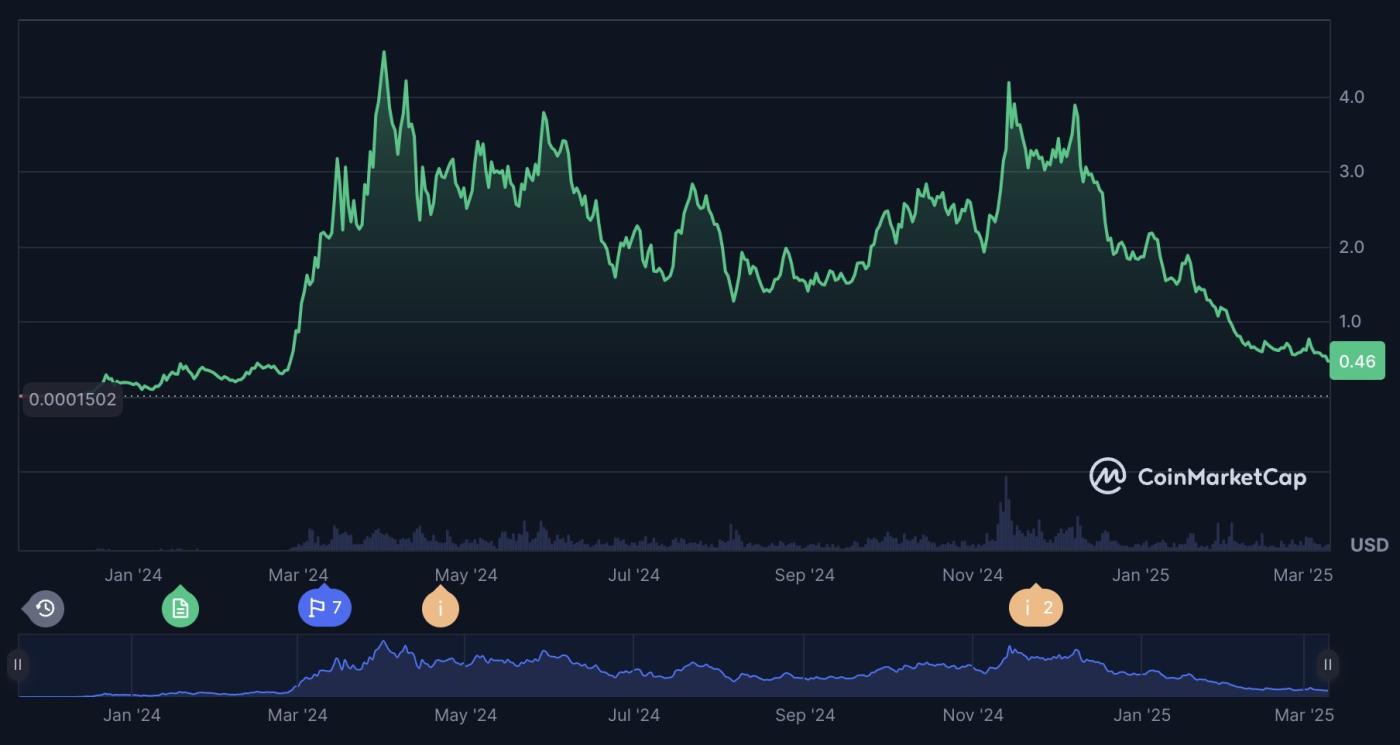
This idea is easy to understand, because in 2022, I also had a similar experience. At that time, my focus was not on Memecoin, but on NFT - "Bored Apes have dropped 60%, isn't this a buying opportunity?" But the reality is that after dropping 60%, it further dropped 80%, and since early 2023, the floor price of BAYC has shrunk by 75% again. You should know that BAYC is still one of the top three projects in the NFT field, and for most small-cap assets, the decline is even more devastating.
Just because an asset has dropped 90% does not mean it is "undervalued", it is more likely that it has simply fallen back from an inflated bubble valuation. If a Memecoin once had a market cap of $1 billion, and now it's only $50 million, you might think it's "cheap". But the fact is, a $50 million valuation may still be far higher than its true value.
Trying to trade these "seemingly cheap" falling assets is often the fastest way to lose money. I know many friends who smartly sold out at the 2022 NFT peak, but suffered heavy losses in the subsequent decline. Because they were still influenced by the psychology of the bull market, thinking that these assets were worth buying after falling so much, and ultimately fell into deeper losses.
2. Bubbles burst slowly
Again using Memecoin as an example, we also need to consider the time cycle. Bubble bursts are often a long process, and Memecoin has clearly experienced a typical bubble cycle.
Even if an asset has retreated 90% from its high, this does not mean it will immediately hit bottom. In fact, the decline after a bubble burst usually does not end in a few weeks, but can last for months or even years. The performance of the NFT market after 2022 is a typical case - prices did not rebound quickly, but experienced a long period of downward trend and liquidity depletion.
If you continue to buy the dips during the downward trend after a bubble bursts, or stubbornly insist on holding, your capital will often not be wiped out quickly, but will be slowly consumed by the market. This is a typical feature of a bubble burst - it does not give you the pain of "overnight zero", but like a frog in boiling water, your holdings will shrink continuously until you have to admit losses and exit.
3. Without "crazy narratives", there will be no rebounds
This also applies to major coins - the market needs an extremely bullish narrative to support price increases. For example, the previous Strategic Bitcoin Reserve narrative, when the market's optimistic expectation was that not only would the US government hold Bitcoin, but it would also actively buy with taxpayers' money, and then trigger a global government race to follow suit, ultimately pushing the BTC price to break through $1 million. But the reality was not as aggressive as people expected. This event itself is still positive, but due to the market's originally high expectations, the eventual market reaction was far less than expected.
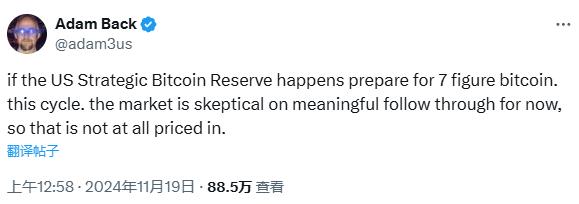
Perspective on the Strategic Bitcoin Reserve narrative
Memecoin has also experienced a similar narrative collapse. The past market logic was: "Retail investors will go crazy buying, pushing Memecoin's market cap to the hundreds of billions of dollars level." But now, no one believes in this story anymore. Once the market begins to question a narrative, that narrative will completely collapse and be difficult to recover.
NFT also has the same rule. In 2022, the popular market narrative was: "NFT is not only a part of the crypto industry, but will also completely change the whole world in a short time." But when this belief was shattered, the market sentiment cooled rapidly. Now, many excellent NFT teams are still building, but the market no longer believes in the crazy expectation that "these NFTs will be worth millions of dollars in the future". When the narrative is no longer crazy, the market will also not see irrational frenetic rebounds.
4. The psychological trap of "I'll definitely sell next time"
Many people have experienced the cycle of assets "skyrocketing - plummeting - rebounding - plummeting again", but ultimately failed to sell at the high point, and the strongest psychological impact of this experience is a strong sense of regret. If you have also missed the high point, you may secretly resolve: "Next time the price reaches this level, I will definitely sell!" But it is this mentality that makes the market's rebound even more difficult.
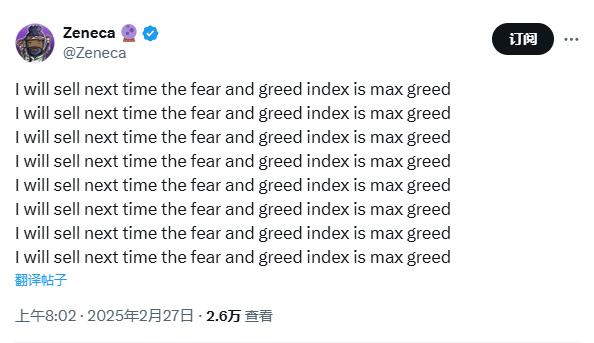
When a large number of investors hold the mentality of "I'll just sell as soon as it goes back up", the market will form persistent selling pressure, leading to:
Any small rebound will encounter a large number of sell orders, suppressing further upward momentum;
Prices will find it difficult to return to past highs.
The market needs a frenetic belief to drive price increases, not a short-sighted mentality of "I'll just run as soon as it goes up this time". Otherwise, it's just a game of hot potato, and there will always be someone who gives up earlier than you, making it difficult for prices to truly rebound.
Is the market completely doomed?
After reading the above analysis, you may feel pessimistic, but the reality is not so. New market narratives will always emerge, the key is to wait for the right timing.
When speculators and trapped capital have completely cleared out, and the market has re-accumulated faith and given birth to new narratives, that will be the real opportunity to buy the dips. Have we reached this stage yet? Maybe, maybe not - no one can be sure.
But it can be said with certainty: 99.99% of Memecoins are not worth buying even if they drop 90%, because their narratives have already collapsed; while the fundamentals of BTC and mainstream coins are stronger than ever, and the long-term trend is still upward. If you buy BTC today, you may have a good return in the long run.



